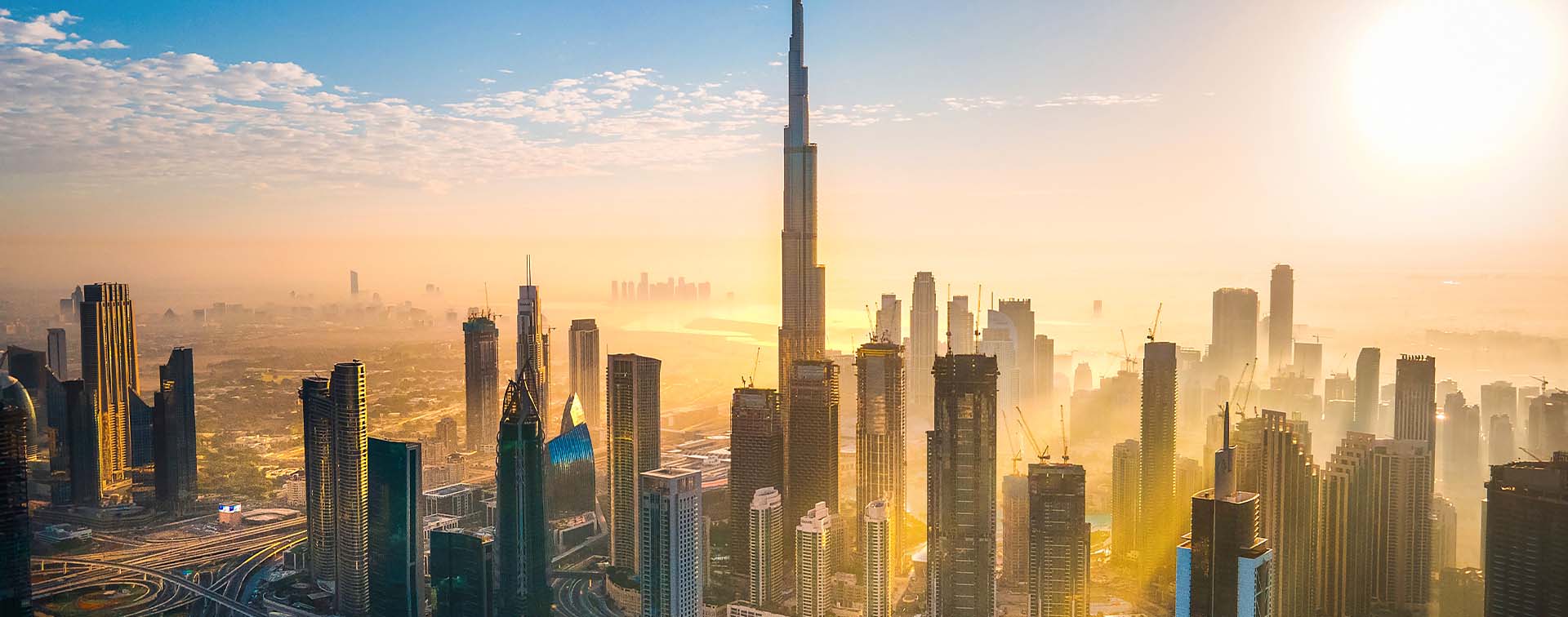
Swapnil Pillai is Associate Director, MENA Research at Savills Middle East
While global headwinds such as the slowdown in economic growth across key global economies and a subsequent increase in unemployment numbers coupled with persistently high lending rates are likely to dent residential demand, the UAE — and Dubai in particular — should remain relatively resilient owing to the large pent-up demand.
Last year, residential real estate in Dubai outperformed the strong growth witnessed in 2021, setting new records in terms of transaction volumes and values. A total of 92,000 units were transacted across the city, the highest number in its recorded history. The strong demand levels represented a 66% year-on-year increase in transaction activity compared to 2021 and a 136% increase compared to the pre-pandemic transaction volumes recorded in 2019. The total value of real estate transactions reached USD 61 billion, an increase of 74% compared to USD 35 billion witnessed in 2021.
A total of 62,200 apartment units were transacted, representing 68% of the overall transaction volume. Demand was observed across both off-plan and ready properties, and the highest numbers of transactions were recorded across locations such as Business Bay, Jumeirah Village Circle, Downtown Dubai, Dubai Marina, and Dubai Creek Harbour. Similarly, demand for villas and townhouses witnessed a 48% year-on-year increase in 2022. Close to 57% of the transaction activity was concentrated across off-plan projects, with the bulk of the transaction activity observed across locations such as Damac Lagoons, Al Furjan, Damac Hills 2, Villanova, and Arabian Ranches.

Strong demand levels and an increasing appetite for residential properties led to a 73% increase in new project launches. A total of 35,900 units were launched, comprising 71% apartments and 29% villas and townhouse developments.
The robust increase in demand continued to drive property prices upwards. On average, capital values across the city increased by 9% year-on-year across apartments and 14% year-on-year across villas and townhouses. While these are average price increases across properties spread throughout the city, there are segments and locations of the market where prices have risen by closer to 20% or even higher. However, compared to 2021, capital value growth has been slow, especially in the second half, partly because of the sharp spike in values during 2021.
Capital value growth across the 30 cities in the Savills World Cities Prime Residential Index grew at an average rate of 3.2% in 2022. However, Dubai outperformed the global average, with a price increase of 12.4% year-on-year across prime properties, the second-highest growth after Miami. Despite the significant increase in capital values over the past two years, Dubai is still the fourth most affordable luxury residential market on a per square foot basis at USD 730 per square foot. The city is among the few other global cities which have benefited throughout 2022 as it offers a high quality of life and relatively affordable capital values.
There has been a clear appetite for luxury residential developments across the city, which has led to a supply/demand imbalance, thereby pushing property prices higher across prime developments. More than 2,300 units priced above AED 10 million were transacted across the city in 2022, an increase of 75% compared to 2021. As a result of high demand levels, new project launches across the segment have increased. Notable projects launched during 2022 include Bvlgari Ocean Mansions, Cavalli Casa Tower, Elysian Mansions, Mr. C Residences Jumeirah, Six Senses Residences, and St. Regis The Residences. While these projects have witnessed healthy absorption levels since their launches, it is important to note that 60% of the transactions for properties above AED 10 million were witnessed across ready developments. This highlights the preference for buyers of luxury developments towards physically visiting and experiencing the project before purchasing.
The UAE’s recovery from the Covid-19 pandemic continued at an accelerated pace in 2022, with the year seeing a resurgence in travel, hospitality, and real estate demand. According to the latest figures from Dubai’s Department of Economy and Tourism (DET), the emirate alone received 14.36 million international overnight visitors in 2022, nearly double the 7.28 million tourist arrivals in 2021.
Residency laws were further expanded in 2022, allowing for a broader Golden Visa program, introducing new visas such as the five-year Green visa, increasing the maximum age to sponsor sons from 18 to 25, and allowing employment visa holders to stay for an extended period following visa cancelation. This will no doubt further boost the number of people looking to settle in the UAE, driving real estate growth even further.
Henley & Partners assists international clients in obtaining residence and citizenship under the respective programs. Contact us to arrange an initial private consultation.

Have one of our qualified advisors contact you today.
We use cookies to give you the best possible experience. Click 'Accept all' to proceed as specified, or click 'Allow selection' to choose the types of cookies you will accept. For more information, please visit our Cookie Policy.